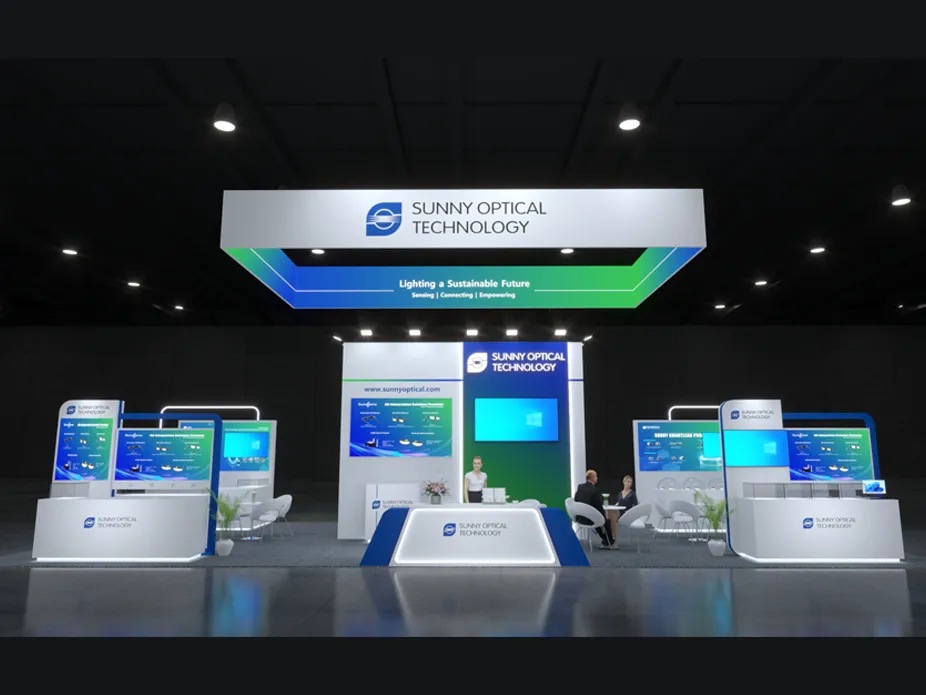The LiDAR system can be divided into four parts: laser emission, scanning system, laser receiving and information processing.
1. Basic principle: The excitation source periodically drives the laser, emits laser pulses, the laser modulator controls the direction and number of lines of the emitted laser through the beam controller, and finally emits the laser to the target object through the emission optical system.
2. Laser wavelength: The most critical indicator of laser is wavelength, and four factors are generally considered: human eye safety, interaction with the atmosphere, optional lasers and optional photodetectors.
At present, the mainstream in the industry uses two wavelengths of 905nm and 1550nm. The photodetector suitable for the 905nm wavelength is cheaper than the 1550nm, but the 1550nm is safer for the human eye. For interaction with the atmosphere, 1550nm has stronger water absorption than 905nm, but 905nm has less light loss.
3. Lasers: At present, there are mainly EEL lasers, VCSEL lasers and fiber lasers.
4. EEL laser: EEL has the advantage of high luminous power density as a detection light source, but because the light-emitting surface of EEL laser is located on the side of the semiconductor wafer, the process steps of cutting, flipping, coating, and re-cutting are often only required during use. It can be integrated with the circuit board by one-by-one mounting, and each laser needs to use discrete optical devices for beam divergence angle compression and independent manual adjustment, which greatly depends on the manual adjustment technology of production line workers. The cost is high and consistency is difficult to guarantee.
5. VCSEL laser: The vertical cavity surface emitting laser (VCSEL) has a light-emitting surface parallel to the semiconductor wafer and has the characteristics of surface light-emitting. The laser array formed by it is easy to bond with a planarized circuit chip. The processing equipment is guaranteed, and there is no need to carry out the individual adjustment of each laser, and it is easy to integrate with the silicon material micro-lens of the surface process to improve the beam quality. Traditional VCSEL lasers have the defect of low luminous density and power, resulting in corresponding automotive lidar products (usually < 50m) only in applications that require close ranging.
In recent years, many VCSEL laser companies have developed multi-junction VCSEL lasers, increasing their luminous power density by 5 to 10 times, which provides the possibility for the application of VCSELs to develop long-range lidars.
Fiber laser: a laser that uses a fiber doped with activated particles as a laser medium, usually a semiconductor laser as an energy pumping source (the light emitted by the semiconductor laser is used to pump the fiber gain medium to generate light).

【Exhibition Invitation】Visit us at CES 2026!
2025-12-10

Sunny Optical Gets Group LiDAR Standard Approved, Using Innovative Optical Solutions to Unlock Key Step in Mass Production
2025-11-25
![[Exhibition Invitation] Sunny Automotive Optech Invites You to the 26th China International Optoelectronic Exposition (CIOE 2025) [Exhibition Invitation] Sunny Automotive Optech Invites You to the 26th China International Optoelectronic Exposition (CIOE 2025)](/uploads/image/20250908/首图7.webp)
[Exhibition Invitation] Sunny Automotive Optech Invites You to the 26th China International Optoelectronic Exposition (CIOE 2025)
2025-09-08

Inquiry
Excellent Customer Service Ability
Key customer manager mechanism
Oversea supporting points
Excellent Process Control Ability
Fully automated production
DMC traceability management
VDA6.3 / IATF16949 verifications
Excellent R&D Ability
Advanced technology new product development cooperation
Cost-effective optical solution proposal based on customer needs
Ecosystem resource integration